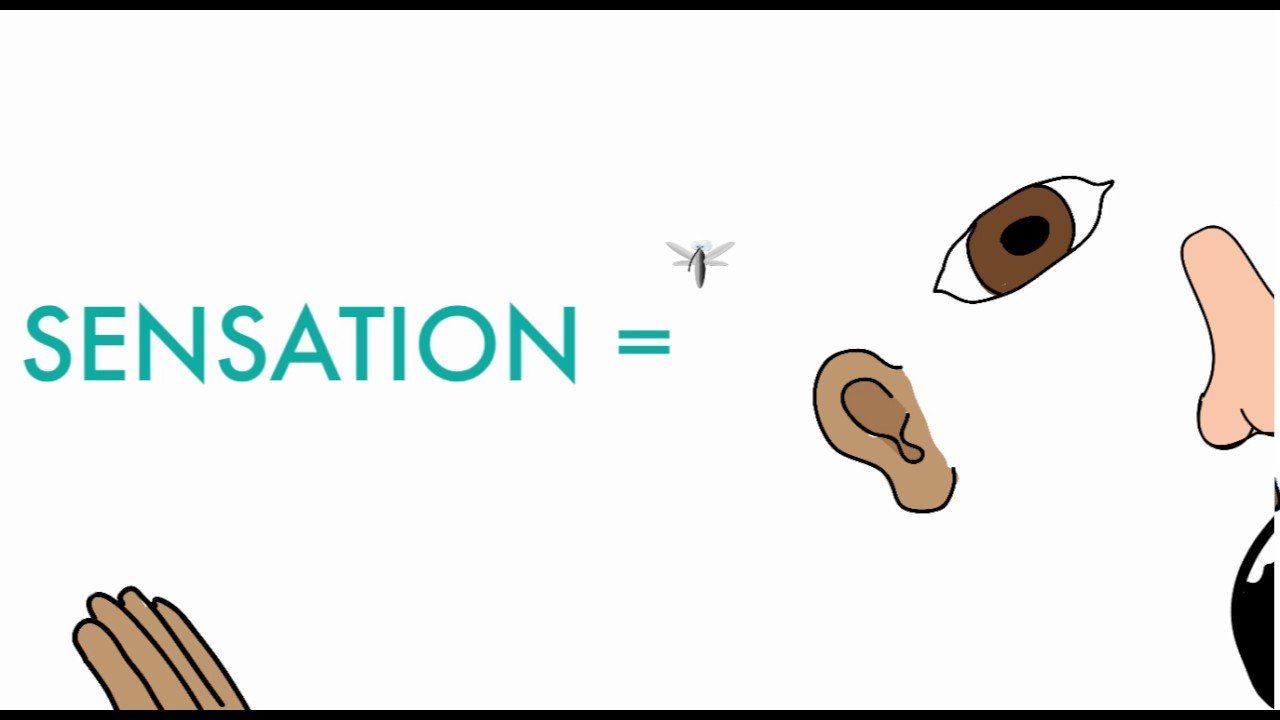How does the bottom-up processing occur?
The Bottom-Up Processing occurs when information is transmitted from the stimulus to the brain through the senses, where it is passively interpreted.

It is also called data-driven processing, because information is processed based on environmental stimuli, and perceptions are formed from sensory input.
Normally, bottom-up processing begins with sensory details, which are then used to build larger ideas or perceptions about the person’s surroundings.
The information is processed in one direction from the retina to the visual cortex. With each subsequent stage in the visual pathway performing an ever more complex analysis.
The bottom-up approach works as follows:
Performing sensory analyses, such as analyzing patterns of light, is the first step. This information is played to the retina several times. There, transduction into the electrical impulses starts. Electrical impulses in the brain trigger reactions along visual pathways until they reach the visual cortex, where they are processed.
E.g.: You have moved into a new house. At midnight, you wake up to use the washroom. You cannot walk around in this new house without turning on the lights to find things or simply see where you are going, unlike the washroom back at the old house where you could use your experience and knowledge to locate things.
According to bottom-up processing, the brain starts to perceive new stimuli by sensing them. It also states that the use of our schemas is not needed.
A new stimulus does not require learning or prior knowledge, according to psychologist James J. Gibson. He observed perception as more what we see is what we get kind of phenomenon. In other words, his theory states that perception functions as a straight line. We experience new stimuli through sensation, followed by a direct analysis of their meaning.
Gibson disagreed with Gregory’s theory, arguing that the environment possesses all the tools necessary for creating accurate perceptions of incoming stimuli.
Let us have a look at these examples.
Example 1
The patients suffering from prosopagnosia cannot recognize people from top-down processing. Observing a person’s face, they are able to perceive what they see.
Identifying a person by their facial features (for example, freckles, eye color, etc.) is easy for them. Despite this, they are unable to identify the face. Bottom-up processing is used by people with face blindness to recognize the faces of others.
Example 2
Road markings provide an excellent example of how affordances support bottom-up processing. Several affordances are used to communicate both speed requirements and directions. We don’t use top-down processing when driving on country roads.
By looking at signs on the roadside, following the directions, and keeping an eye on speed, we use bottom-up processing.
Example 3
Have you ever seen someone perform a blindfold food testing test? You might have seen it in a cooking reality show where participants had to guess the tasted food items. They might know what they are tasting but in order to assess that they need to use a bottom-up processing. From the taste buds, sensory information is passed on to the brain with or without (some) context. From the taste buds, sensory information is passed on to the brain.
Example 7
One does not have to be blind or have their eyes closed in order to use bottom-up processing. Imagine you are sitting in your home on a Sunday evening. You’re enjoying the weather and everything seems normal but. All of a sudden there is a loud popping sound and you can smell smoke faintly. The sounds of shrill cries are accompanied by chaos. All of this indicates that there is a fire nearby. Even though you may not yet be able to see the fire directly, you can get a sense of what is going on from bottom-up processing and other senses.
Conclusion
In bottom-up processing, sensory data is interpreted in real-time. During bottom-up processing, new sensory information is received by the body’s sensory receptors. There is no need to rely on previous experiences or knowledge.
The bottom-up processing is data-driven. It emphasizes the stimulus as the primary factor (that is the raw data of the direct experience).
Bottom-up processing occurs over a series of events that starts with sensory information input. Signals are then sent to the brain by our sensory receptors. These signals are then processed by the brain, which builds a perception or reaction based on them.

